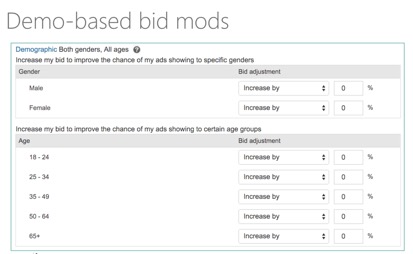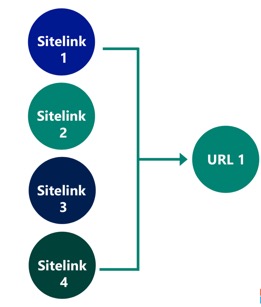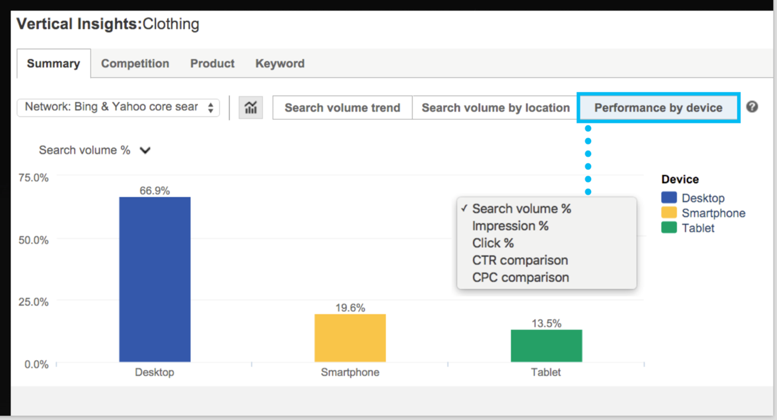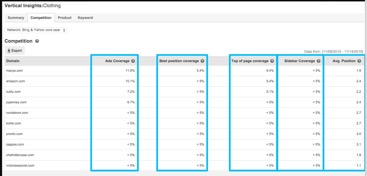Working in PPC, it is easy to get lost in the “usual” PPC efforts. We tend to focus on what we know and concentrate most of our time with, Google. However, did you know that Bing accounts for roughly 1/3 of the paid advertising search market at 31%? Plus, with more than 100 million unique users that search on Bing, to be a comprehensive paid search marketer you have to be on Bing.
We recently had an in-house training with Bing and were reminded of how robust the Bing search platform is, plus some of the features the platform has that we may not be using.
Bid Modifiers
Bri Saxman wrote about the most recent Bing updates a couple of months ago, highlighting device targeting updates, plus a few other updates that Bing has made to their platform. Recently, Bing expanded their device targeting capabilities to allow advertisers to completely take out tablet and mobile devices, should they choose:
- Desktop 0% to +900%
- Tablet -100% to +900%
- Mobile – 100% to + 900%
In addition to expanding device targeting capabilities, Bing also allows for targeting of location, time of day and device, and demographic (gender and age):

Sitelinks
While other search and ad platforms all allow sitelink extensions, Bing allows and gives the option to send multiple sitelinks to the same URL. In the same way you should test ad and landing page copy, you could use this opportunity to test sitelink copy. Bing policies require that you use different copy if you are going to different destinations, however, now you can also include the same destination URL across multiple sitelinks should you choose.

Comprehensive Campaign Planner
While setting up a new campaign can be tricky, Bing has made specific enhancements to their campaign planner to help assist in research efforts for both setting up campaigns and expanding them. Bing understood that when the data you are working off of is not specific to your vertical, or not accurate to what your competitors are using it can make optimizations that much more complicated. Here you can research what your competitors are doing, what keywords you should (or should not) be using, and of course what search trends you should be looking out for.
Using the new campaign manager, you can:
- View insights by vertical product or keywords
- Check performance data
- Identify search traffic trends
More than just seeing average monthly searches you can search volume and see distribution by device and location, plus the average cost per click.

If you are beyond the research phase and you are looking to verify if you are competitive with other search competitors, you can pull industry benchmarks by vertical or industry.
Also, using the top 10 competitors in your space, you can view ad coverage and where they rank versus where your ads are performing.

Bing UET Codes
Bing UET tracking is nothing new. We all know that the Bing UET tracking codes allow you to track multiple goals, including:
- Visit duration
- Custom events
- Mobile app downloads
- Pages per visit
- Destination URLs
This is more of a reminder of what it can do, including enhanced attribution. Most tracking codes allow you to see the conversion path between devices and campaigns, but what if you have a client that holds multiple brands or you manage those multiple brands yourself? Using Bing UET tracking, you can implement one tag and share that tag across ad accounts.
Now using the UET you can re-engage past visitors, engage new visitors, and broaden your audience.
Earlier, I mentioned cross-brand and cross-product promotions. As an advertiser you can already do this, as it is best practice to, however with UET, you can share similar audiences across accounts using that single UET code.
While the world of PPC is ever-changing and new features are being released, what feels like daily, it is always beneficial to be reminded of what is already currently at your figure tips and how you can better use the tools available to you.
For more advertising alternatives, visit 10 Alternatives To Google AdWords!



